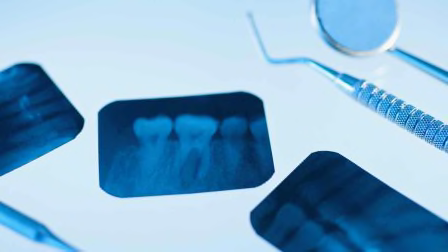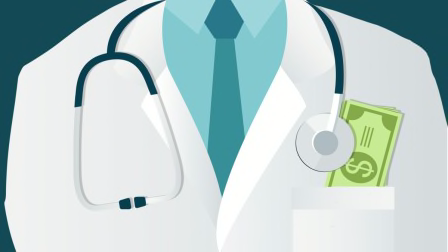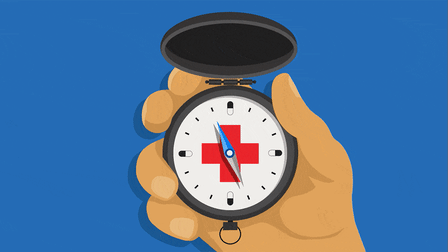5 Ways to Waste Less Time on Your Medical Care
It can take hours to schedule appointments, fix billing problems, and deal with other mundane healthcare tasks. Here are tips to make it all more efficient.

Some of us see doctors a lot. A study published in 2024 in the Annals of Internal Medicine found that 11 percent of participants ages 65 and up spent at least 50 days a year having medical tests, going to doctor’s appointments, and talking with therapists. For all the older adults in the study, the average was 17 days a year when they had “contact” with a healthcare provider.
The latter doesn’t sound so time-consuming. But it didn’t include hospitalizations or dental visits. Nor did it take into account the hours it can take to schedule and get to appointments, pick up prescriptions, prep for tests and procedures, and deal with medical bills. Want to make it all more efficient? Try the following.
Get to Know Your Patient Portal
Most doctors have these secure online areas, where you can keep track of appointments, test results, bills, and prescriptions, as well as make appointments and ask questions. Doing this by phone “involves being put on hold and waiting for a call back,” says Gerda Maissel, MD, president of My MD Advisor, a fee-based patient advocacy service. “It’s faster and more efficient to message them.” If possible, she advises working with doctors in the same healthcare system so that all of them can see your records and communicate easily with each other.
Bundle Your Appointments
Try to schedule more than one medical task on the same day.
Know When Video Visits Work
Telehealth—medical appointments done via computer, tablet, or smartphone—can save time and energy. And you may be able to get a telehealth appointment faster than an in-person visit.
“They are very helpful for follow-up visits or for simple health complaints like respiratory symptoms or a new rash,” says Cheryl Phillips, MD, a senior program consultant at The John A. Hartford Foundation in New York City. But they shouldn’t be the only way you see a doctor. In-person visits help give the doctor a fuller picture of your health, she says.
Cut Through the Red Tape
For questions about bills, call the doctor’s billing office and ask someone to patch the insurance company in on the line. “That way, you get everyone on the phone together, and it cuts down on any baloney where the billing office and insurance company are telling you completely different things,” says Caitlin Donovan, a senior director at the nonprofit Patient Advocate Foundation. The office will also probably have a direct line to your insurance company, so you won’t have to wait on hold.
Do This Before You See a Doctor
Have a doctor’s appointment coming up? Write down all of the questions you can think of in advance and bring them with you. “There’s nothing more frustrating than forgetting to ask your doctor something and having to either go back for a follow-up visit or have to send a follow-up email or make a follow-up call,” Donovan says.
Do an online check-in if it’s available. If not, ask the office to send any forms you need to fill out beforehand. And contact the staff the day before your appointment to be sure that any lab and test results the doctor requested ahead of time are already in. (You may be able to find this information on the patient portal.)
In addition, check the portal to make sure it has a list of all your current prescriptions and over-the-counter drugs and supplements, including dosages. If not, bring a list with you.
Editor’s Note: A version of this article also appeared in the August 2025 issue of Consumer Reports On Health.




















